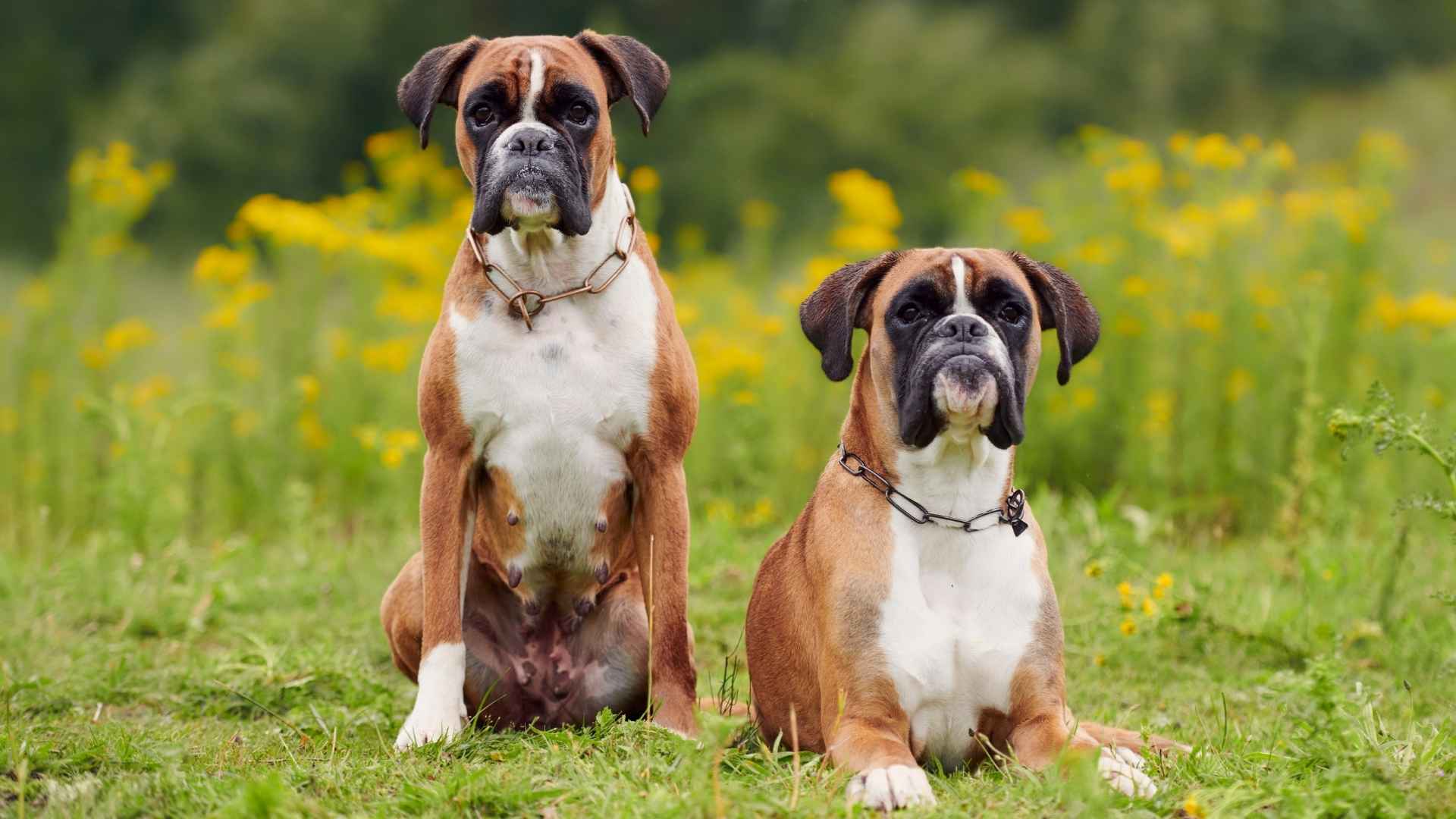When it comes to bringing a dog into your life, one of the hardest truths to face is that our furry companions don’t live as long as we do. While some breeds are known for their longevity, others sadly have much shorter lifespans. These dogs steal our hearts just as quickly as they leave paw prints on our lives.
Whether it’s due to genetic predispositions, size, or specific health issues, certain breeds simply aren’t with us as long as we wish they could be. But their time, though brief, is often filled with unforgettable memories, unconditional love, and loyal companionship.
In this blog, we’ll explore what factors contribute to shorter lifespans in dogs and what to keep in mind if you’re considering one of these breeds. Understanding this can help you prepare for a rewarding—if bittersweet—journey with a truly special four-legged friend.
Short-Living Dog Breeds
1. Saint Bernard
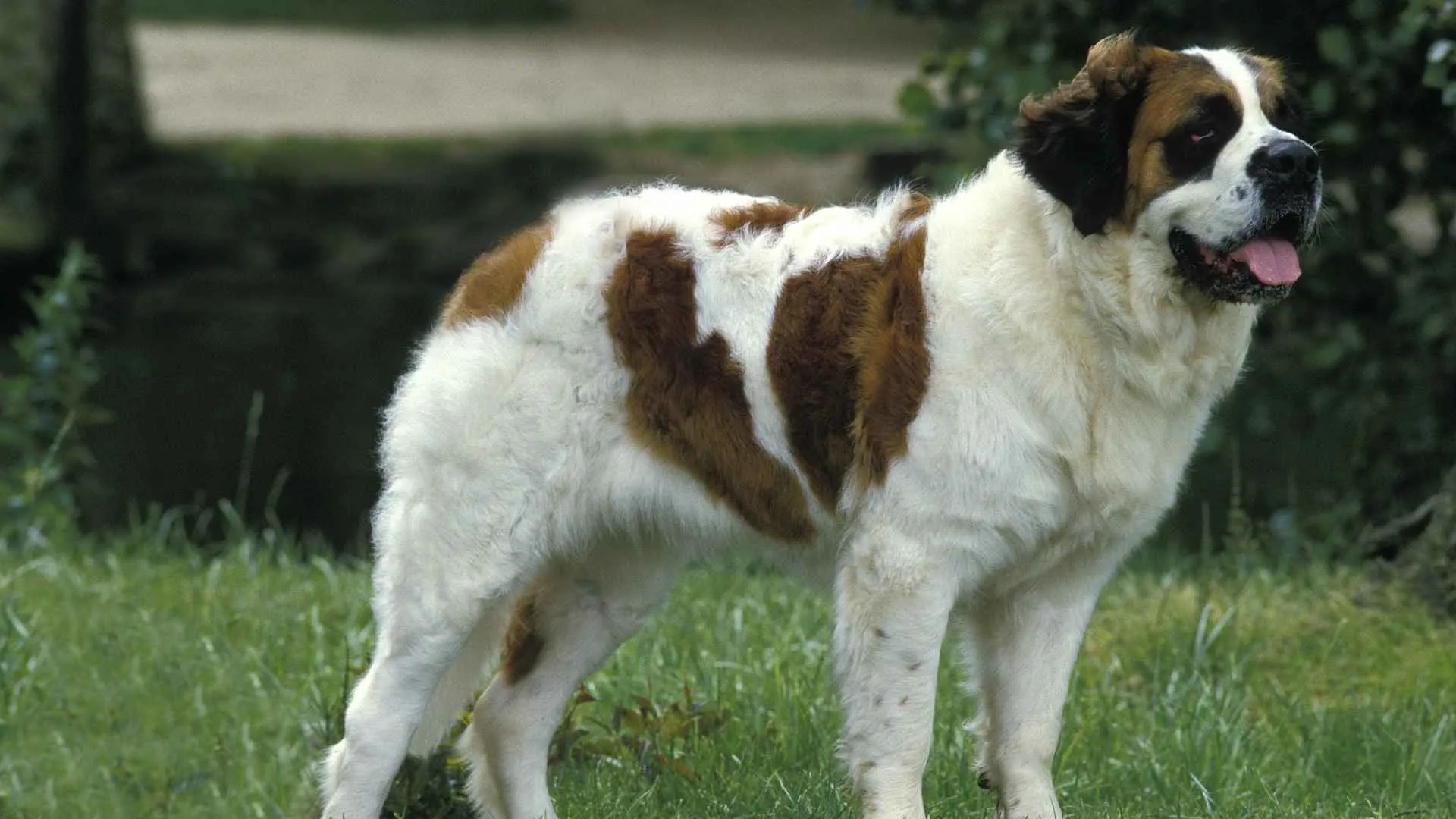
The Saint Bernard, famed for its heroic alpine rescues and calm demeanor, stands as one of the most beloved giant breeds in the canine world. Originating in the Swiss Alps, this dog was developed by monks at the Saint Bernard Hospice to aid in rescuing lost or injured travelers.
The average lifespan of a Saint Bernard is 8 to 10 years, although many individuals live even shorter lives due to various health challenges. Larger breeds often face more rapid aging and earlier health complications than their smaller counterparts.
A number of factors contribute to the Saint Bernard’s shorter lifespan, most of which are linked to its giant size and rapid growth rate. These dogs mature quickly and carry a massive body mass, which can put excessive strain on bones, joints, and internal organs.
As noted by PetMD, one of the most critical health issues affecting Saint Bernards is Gastric Dilatation-Volvulus (GDV), commonly known as bloat. GDV is an emergency condition and can be fatal if not treated immediately.
Saint Bernards are also highly prone to hip dysplasia, a genetic condition where the hip joint doesn’t fit properly into the hip socket. This leads to pain, reduced mobility, and arthritis over time. Regular vet checkups, weight management, and joint supplements can help manage the condition.
Even more devastating is Osteosarcoma, a type of bone cancer common in large breeds. It typically affects the limbs and is both aggressive and painful, often necessitating amputation or chemotherapy. This cancer dramatically shortens life expectancy and is a primary reason for early euthanasia in the breed.
In addition to size-related stress, improper breeding practices have sometimes prioritized physical traits over genetic health, leading to a higher incidence of hereditary issues. Environmental stressors, inadequate exercise, and poor diet can further accelerate the onset of health problems, resulting in a shorter lifespan.
2. Newfoundland
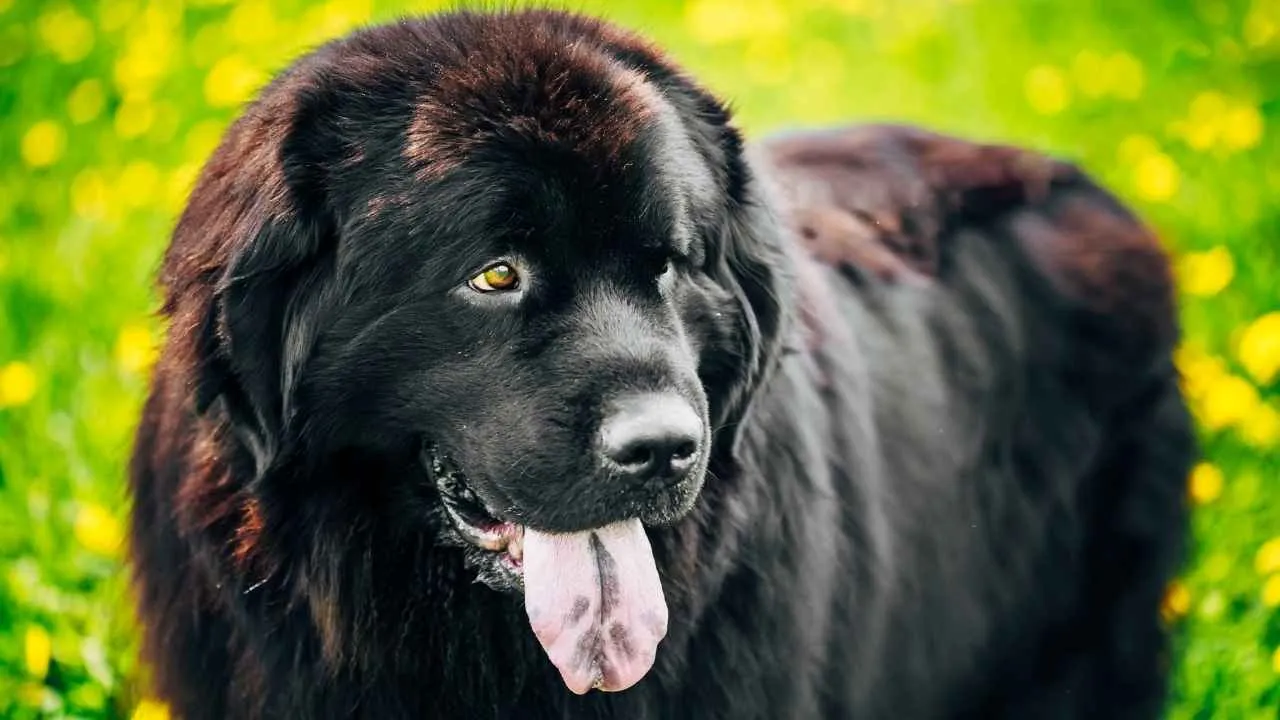
The Newfoundland is a giant working dog breed that originated on the island of Newfoundland, now part of modern-day Canada. Developed by fishermen and settlers, this breed was prized for its strength, loyalty, and exceptional swimming ability. Their dense water-resistant coat and webbed feet made them natural-born swimmers, and they gained international fame.
Newfoundlands typically live 9 to 10 years. Both genetics and environmental factors influence their lifespan. While some Newfoundlands may live slightly longer with careful breeding and top-tier veterinary care, many are lost early due to health complications common in large breeds.
Hip dysplasia is one of the most prevalent conditions, causing pain, lameness, and eventual mobility issues. This hereditary condition is particularly problematic in Newfoundlands due to their rapid growth and heavy body weight.
Another major concern for the breed is Dilated Cardiomyopathy (DCM)—a disease of the heart muscle that causes it to enlarge and pump less efficiently. It’s a silent threat that often goes unnoticed until symptoms like coughing, fatigue, or fainting appear. DCM can lead to sudden cardiac death if not detected early.
Additionally, osteosarcoma, a type of aggressive bone cancer, is seen in Newfoundlands and is a leading cause of early euthanasia due to its painful and fast-spreading nature. It commonly affects the limbs and is notoriously difficult to treat, even with surgery and chemotherapy.
As noted by Purina, Newfoundlands are known for their gentle, calm, and affectionate temperament. Often described as “nanny dogs,” they are incredibly good with children and protective of their families. Their patience, loyalty, and sweet disposition make them ideal companions for those who can manage their size and health needs.
3. Bullmastiff
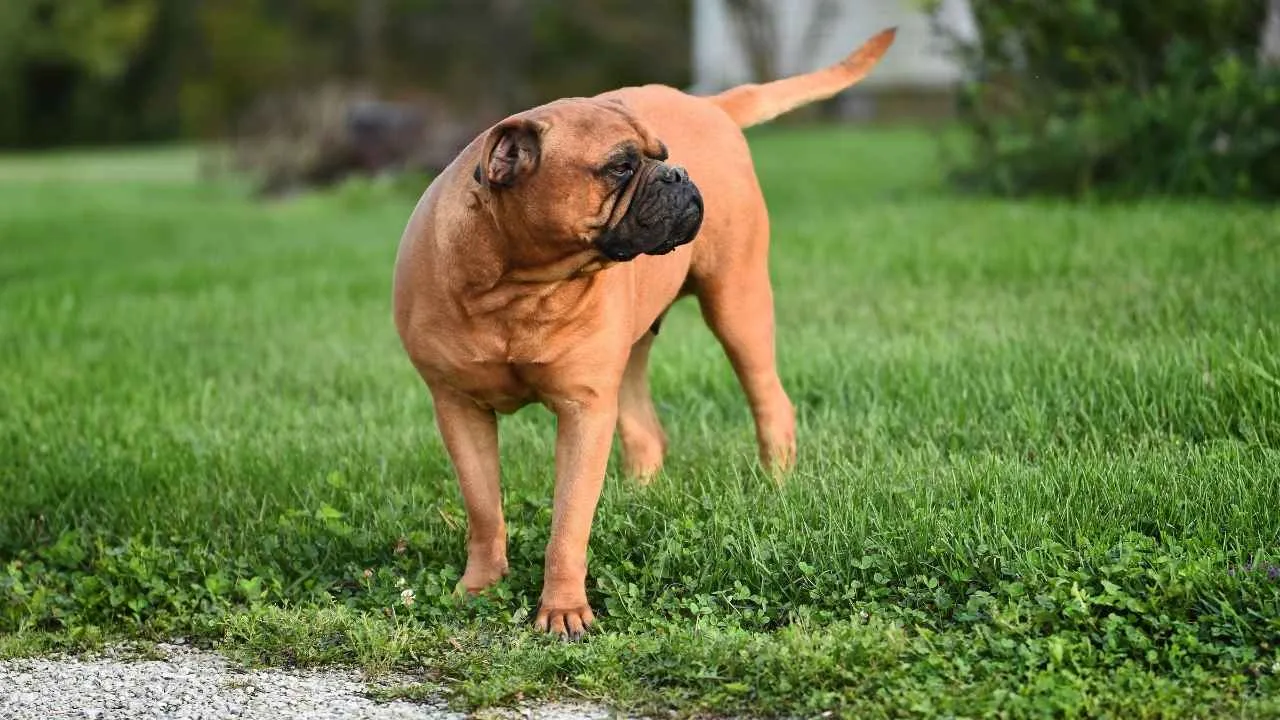
The Bullmastiff is a powerful and loyal purebred dog originally developed to guard estates. While admired for its strength and calm temperament, it is also known for its short lifespan. Bullmastiffs generally live only 8 to 10 years. This brief life expectancy is an important factor for prospective dog owners to consider before choosing the breed.
Their limited lifespan is largely due to their size and genetic predisposition to health problems. Conditions such as hip dysplasia and Dilated Cardiomyopathy are common and can significantly impact their quality of life. These health issues are typical in large purebred dogs, and managing them often requires regular vet care, special diets, and lifestyle adjustments.
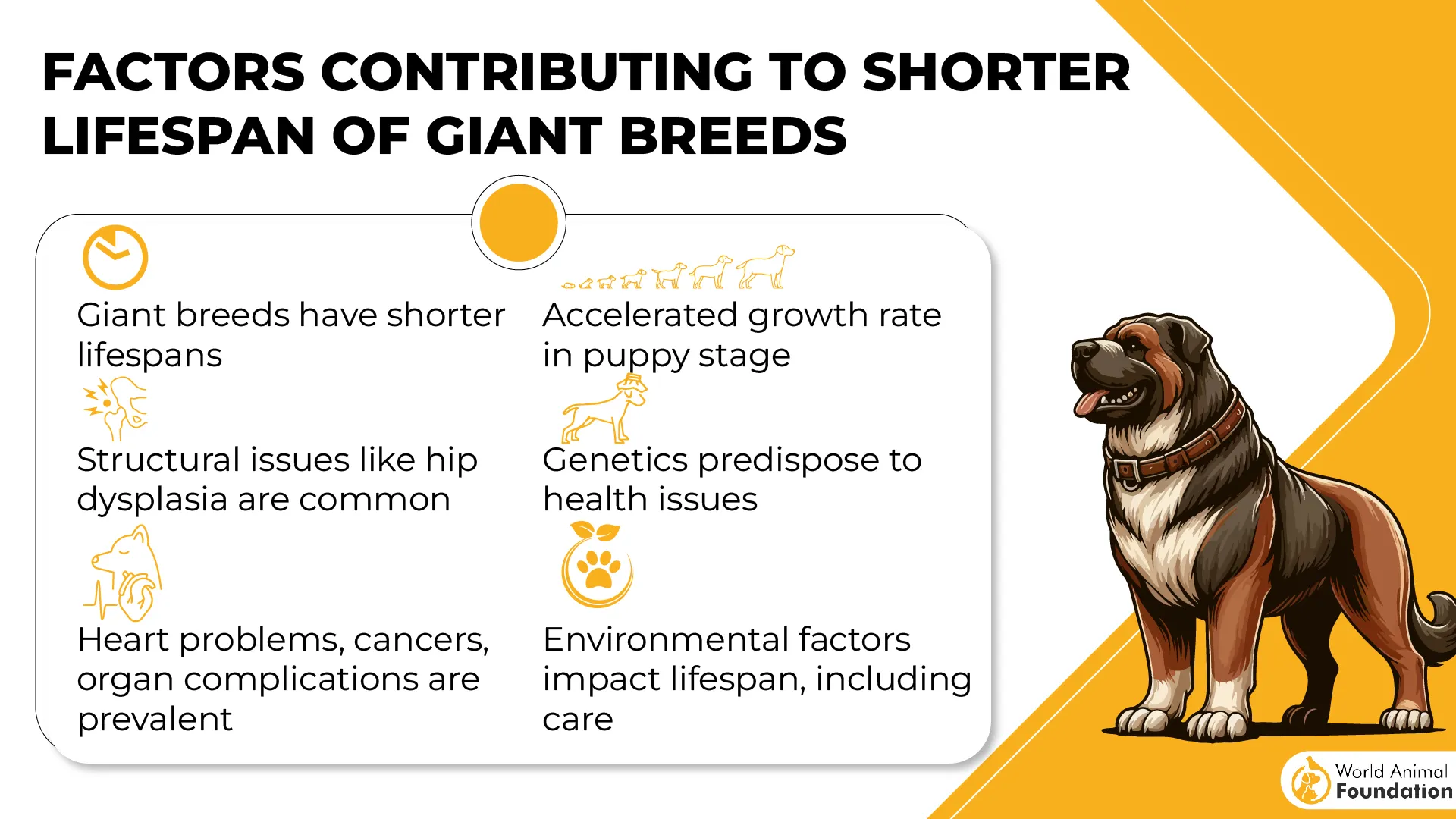
Bullmastiffs are also at risk for Osteosarcoma, a serious bone cancer that progresses quickly, and Gastric Dilatation-Volvulus (GDV), or bloat, which can be fatal if not treated immediately. These conditions can shorten their lives even further, meaning owners must be prepared to spend both time and money on prevention and emergency care.
PDSA states that this breed is at higher risk of developing brachycephalic obstructive airway syndrome (BOAS) due to its short muzzle.
Despite their physical strength, Bullmastiffs have a surprisingly gentle and affectionate temperament. They are calm, protective, and enjoy spending time with their families. While they don’t need intense exercise, they do benefit from mental stimulation and simple activities like interactive toys and short walks.
4. Mastiff
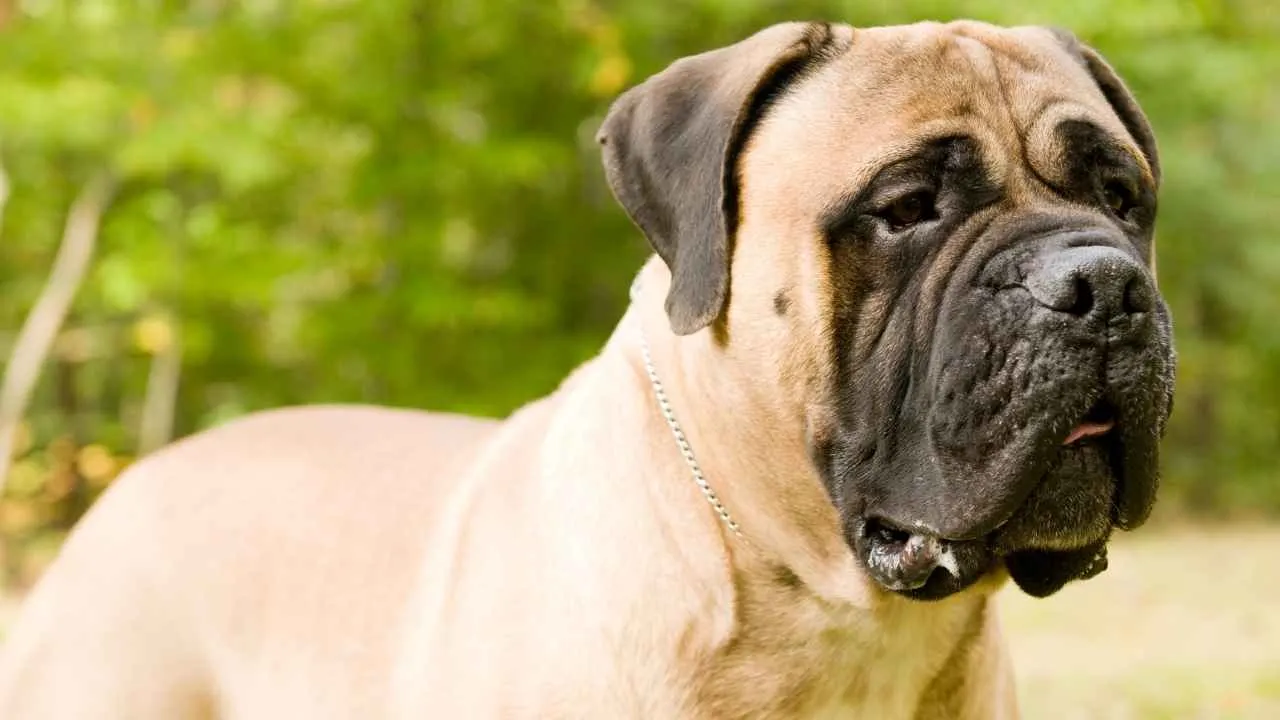
The Mastiff is one of the most iconic larger dogs, known for its massive frame, gentle personality, and deep loyalty. With ancient origins and a history rooted in guarding and protection, the Mastiff commands attention both in size and spirit.
However, one significant downside to owning this majestic animal is its short lifespan, which typically ranges between 6 to 10 years. This shorter life expectancy is something every potential dog owner should research before committing to ownership.
As noted by PetMD, Mastiffs may face internal health concerns such as heart disease, bloat, and degenerative myelopathy – a condition in which a dog’s hind limb weakens and gets paralyzed due to progressive degeneration of the spinal cord. Mastiffs are also at high risk of developing eye anomalies, osteosarcoma, and mast cell tumors.
A key factor in the Mastiff’s limited lifespan is its predisposition to serious health conditions. Canine hip dysplasia is especially common, causing joint pain and mobility issues that worsen with age.
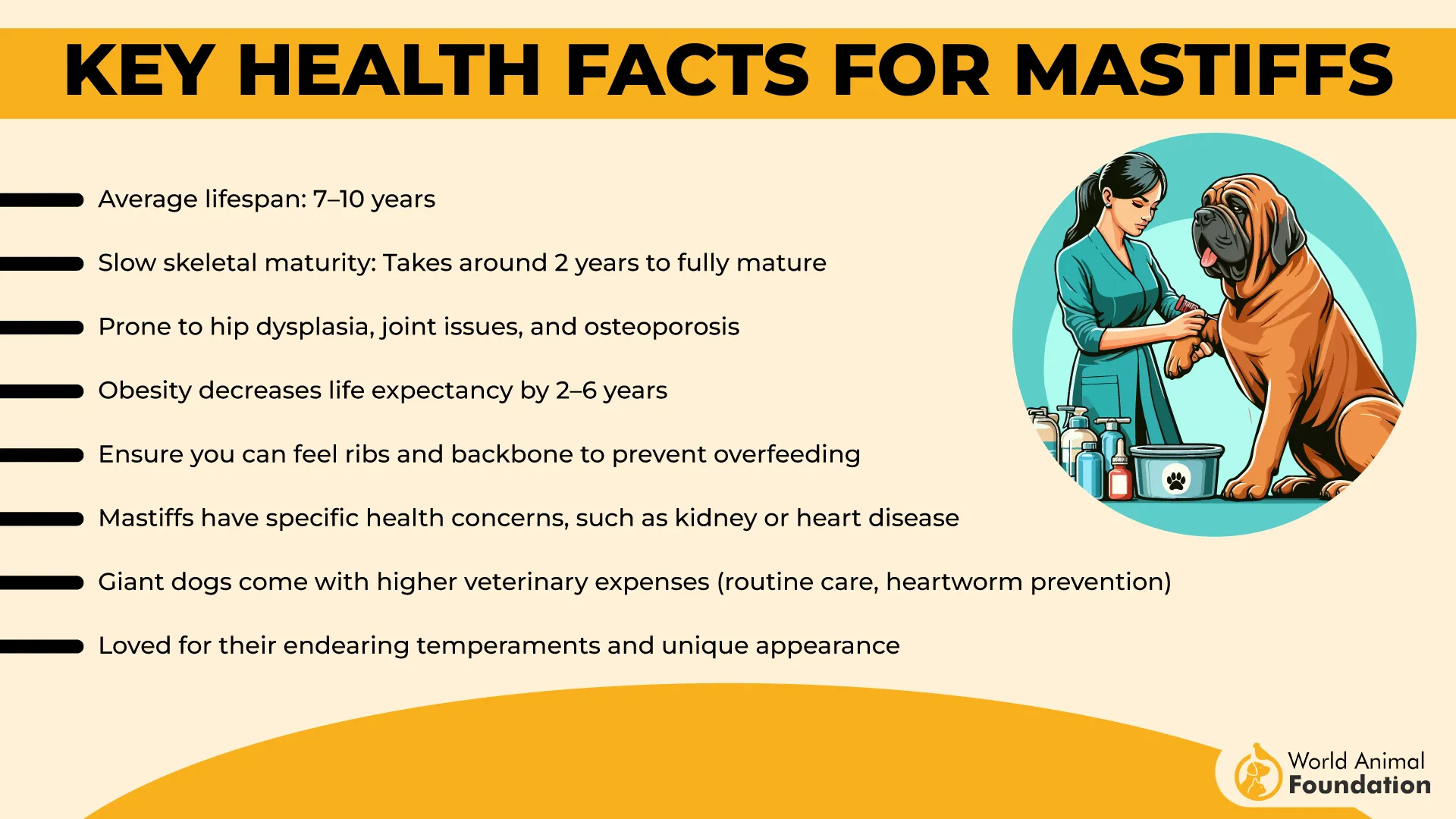
Despite their size, Mastiffs are known for their calm and affectionate demeanor. They are protective yet gentle, making them excellent companions in the right home. However, due to their needs and health vulnerabilities, dog ownership of a Mastiff requires commitment, space, and informed care. They may not be ideal for first-time owners who haven’t done thorough research into the breed’s specific requirements.
5. Irish Wolfhound
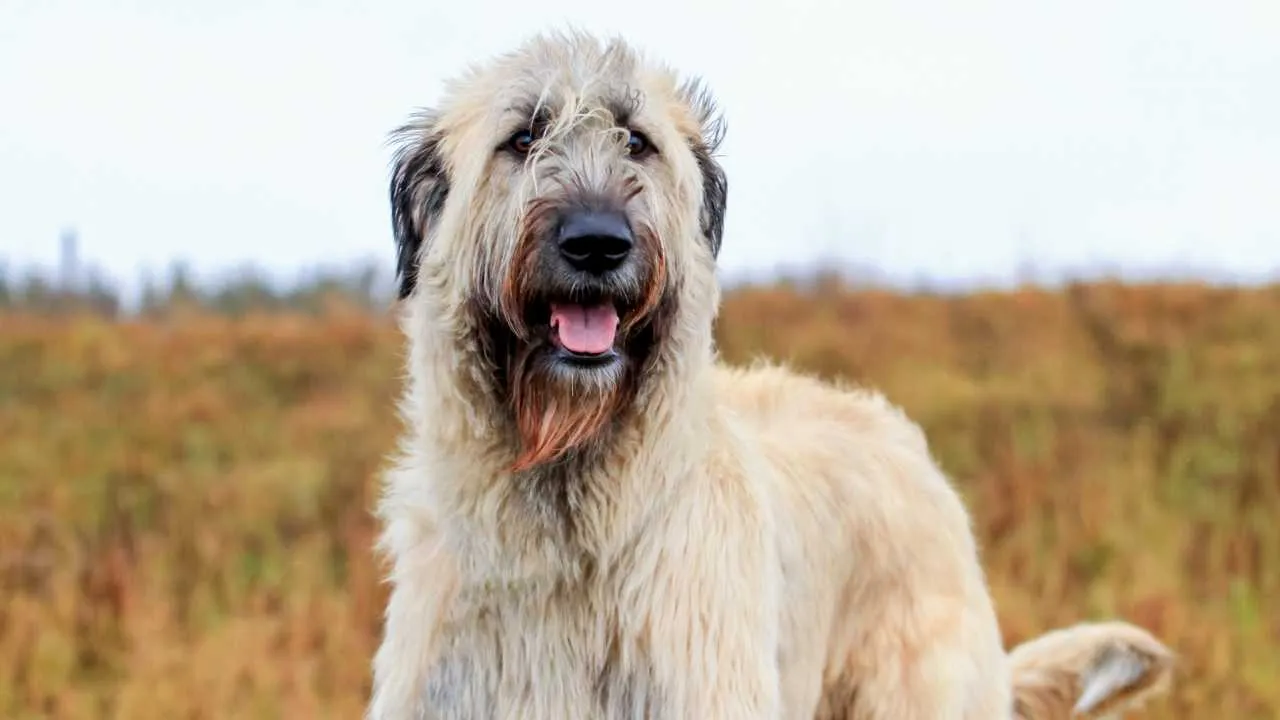
The Irish Wolfhound is a majestic and gentle breed, historically developed for hunting and guarding. Known for its towering presence and calm nature, this breed carries a noble legacy. However, one of the most significant concerns with the Irish Wolfhound is its short lifespan of 6 to 8 years, a reality that potential owners must consider seriously before bringing one home.
Their limited lifespan is closely tied to their size and rapid growth rate, which places considerable strain on the heart, bones, and joints. Health conditions such as dilated cardiomyopathy (a progressive degeneration of heart muscles) are common.
This breed has higher risks of developing bone-related disorders and osteosarcoma, a type of bone cancer. This makes regular check-ups essential in catching health problems early and managing them effectively to ensure the dog’s comfort and well-being.
Although their size might suggest toughness, Irish Wolfhounds are sensitive animals that enjoy calm environments and quiet companionship. While they’re not overly playful, they do appreciate gentle stimulation.
Simple comforts like soft toys and relaxed walks provide both physical and emotional enrichment. These activities tend to keep them content without putting undue stress on their bodies.
6. Bernese Mountain Dog
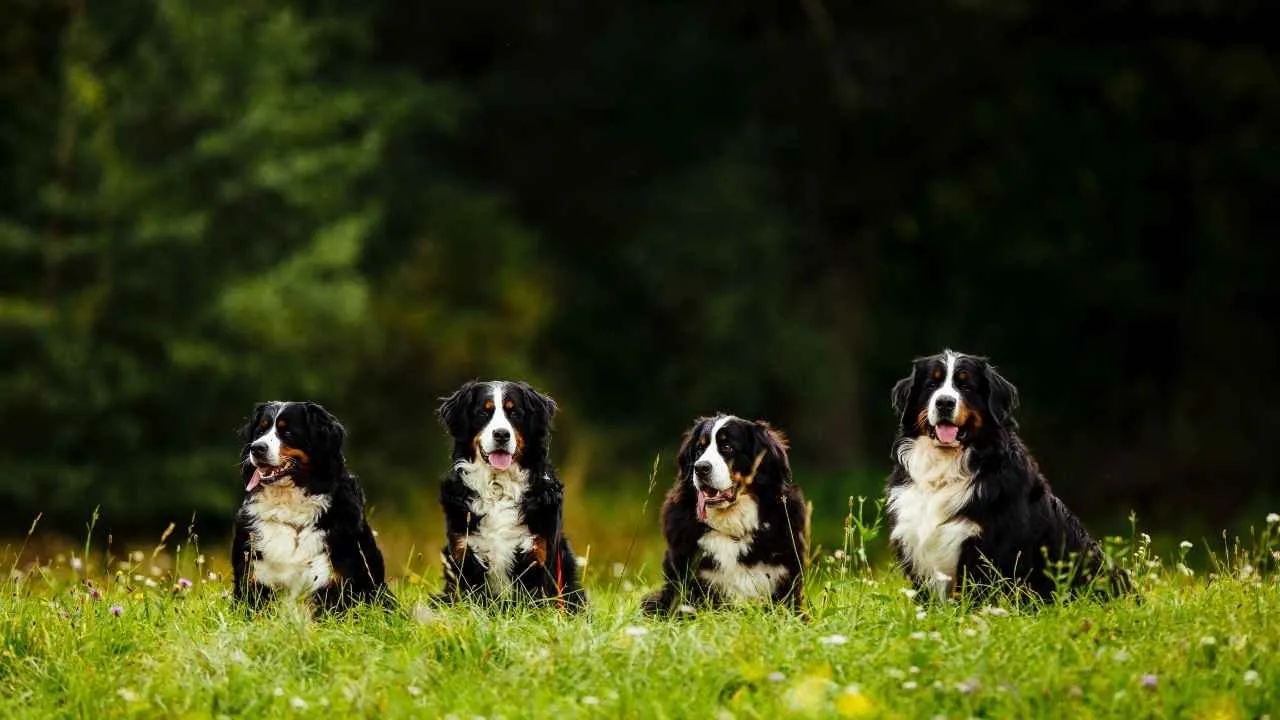
The Bernese Mountain Dog is a strikingly beautiful and affectionate breed, known for its thick tricolor coat and calm, family-friendly temperament. Bred as a working dog in the Swiss Alps, it was traditionally used for drafting and driving cattle.
While its strength and gentle nature make it a beloved companion, the breed is also known for its short lifespan, typically ranging from 6 to 8 years. This limited longevity is one of the most difficult realities for owners of this otherwise dependable and warm-hearted dog.
The Bernese Mountain Dog’s shorter life expectancy is largely due to its size and genetic susceptibility to several health issues. These dogs grow rapidly and are prone to musculoskeletal problems, which can affect their mobility over time. Regular veterinary visits are essential to monitor their development and detect early signs of health complications.
Some of the most common concerns in this breed include hip and elbow dysplasia, which can cause pain and limit movement. They are also at higher risk for malignant histiocytosis, a form of aggressive cancer that is unfortunately more common in this breed than in many others.
Additionally, bloat (Gastric Dilatation-Volvulus) and progressive retinal atrophy can also impact both their lifespan and quality of life if not addressed early.
Though they are not overly active indoors, Bernese Mountain Dogs enjoy outdoor time and interaction. They are intelligent, eager to please, and form deep bonds with their families. Simple activities, socialization, and gentle toys tend to keep them mentally and emotionally balanced without overexerting their bodies.
7. Greater Swiss Mountain Dog

The Greater Swiss Mountain Dog is a strong, dependable breed originally bred for herding and draft work in the rugged terrain of Switzerland. With its striking tricolor coat and confident stance, it commands both presence and respect.
Known for being loyal and family-oriented, this large working breed is also relatively short-lived, with an average lifespan of 8 to 10 years.
Greater Swiss Mountain Dog is prone to several hereditary health conditions that contribute to its shorter lifespan. Hip dysplasia is a notable concern, affecting the joints and often leading to reduced mobility or chronic pain.
Elbow dysplasia, bloat (Gastric Dilatation-Volvulus), and osteochondritis dissecans (OCD)—a joint condition—are also seen frequently in the breed. Because these conditions can develop silently, regular veterinary check-ups are vital for early detection and treatment.
Despite these concerns, the breed is celebrated for its even temperament and calm nature. Greater Swiss Mountain Dogs are social, affectionate, and thrive in active households that can offer time, space, and consistent companionship. They’re particularly known for being good with children and make reliable watchdogs thanks to their alertness and steady disposition.
Though not overly hyper, they benefit from daily exercise and mental stimulation to stay balanced and happy. Toys that encourage light activity or problem-solving tend to be a good fit, especially when tailored to their size and strength. A well-cared-for Swissy can enjoy a fulfilling, active life with the right attention to diet, joint support, and healthcare.
8. Great Dane
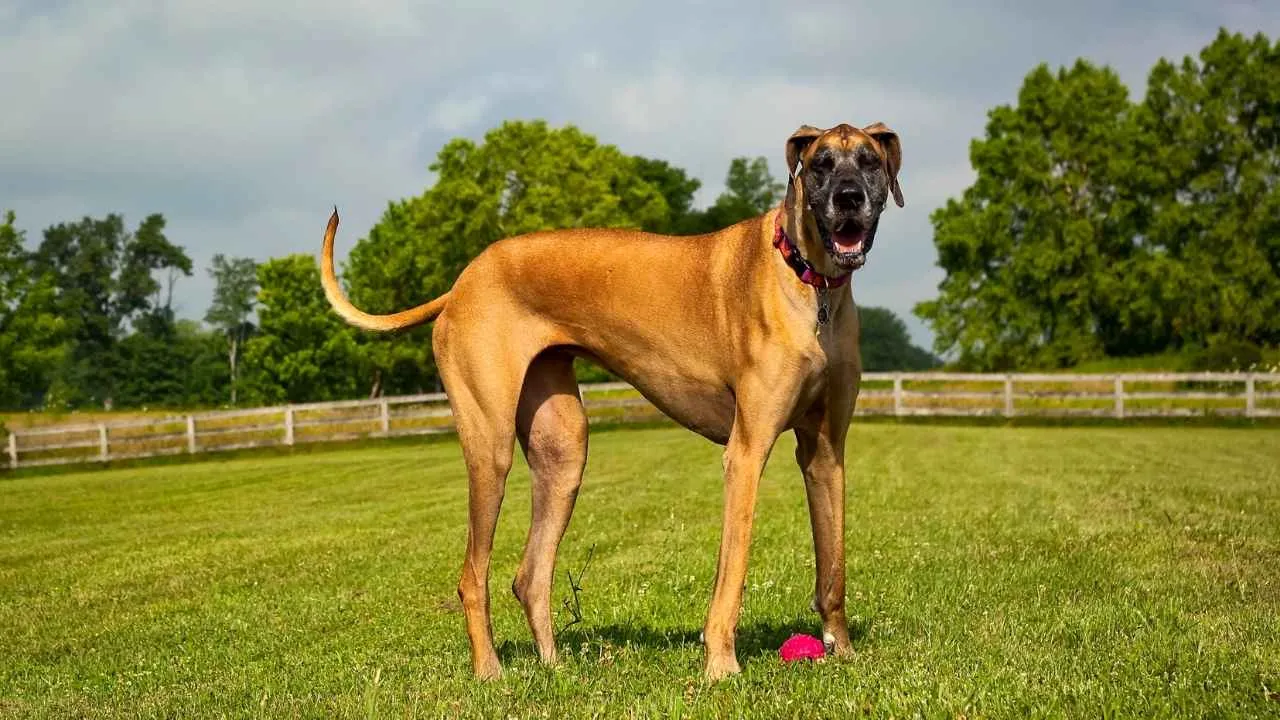
The Great Dane is a majestic and affectionate breed, known for its towering presence and gentle nature. Originally bred for guarding and hunting large game, it has since become a beloved family companion.
However, this impressive breed comes with a relatively short lifespan, typically ranging from 6 to 8 years. This shorter life expectancy is something potential owners must seriously consider before bringing one into their home or visiting a kennel in search of a lifelong companion.
One of the key reasons behind the Great Dane’s limited lifespan is its deep chest anatomy, which makes it particularly vulnerable to gastric torsion, or bloat. This condition occurs when the stomach twists and traps gas, cutting off blood circulation and becoming life-threatening in a very short time.
It’s a medical emergency that requires immediate care and is one of the leading causes of early death in this breed. Preventive strategies such as slow feeding, avoiding vigorous activity after meals, and regular monitoring can help reduce the risk.
In addition to gastric torsion, Great Danes are prone to several joint problems, especially as they age. Their large size puts extra stress on hips, elbows, and knees, making conditions like arthritis and hip dysplasia common.
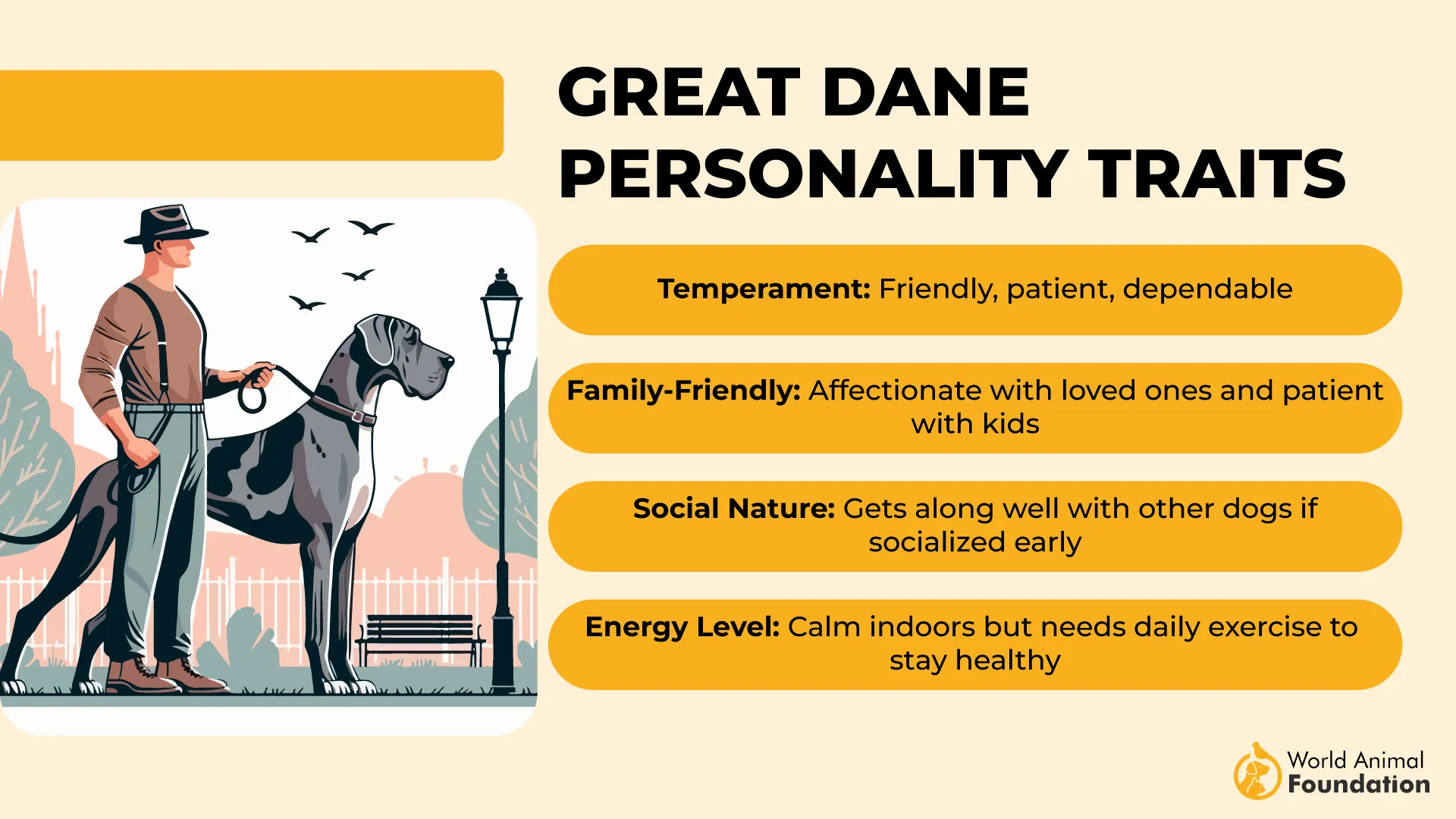
Daily care for a Great Dane requires thoughtful planning. Despite their size, they do not require excessive physical activity but benefit from calm environments and moderate walks. Soft bedding, supportive flooring, and gentle interaction are important parts of their routine. Mental enrichment through calm stimulation, interaction, and well-fitted toys tends to keep them emotionally content without straining their body.
9. Boxer

The Boxer is a muscular, energetic breed known for its playful spirit and deep loyalty to its family. Originally developed as a working and guard dog, it carries both strength and affection in equal measure. However, despite its vibrant nature, the Boxer has a relatively short lifespan, typically ranging from 9 to 10 years.
A major contributor to the Boxer’s limited lifespan is its genetic predisposition to certain serious health conditions. According to studies from the Royal Veterinary College, this breed is particularly vulnerable to cancers, such as lymphoma and mast cell tumors, which often appear in middle age.
These diseases tend to progress quickly, making early diagnosis and treatment critical to extending both life expectancy and quality of life.
The Boxer’s strong, athletic build also places stress on its joints, and it can be prone to hip dysplasia and other structural issues. Additionally, it can suffer from heart conditions like aortic stenosis and arrhythmogenic right ventricular cardiomyopathy, both of which require ongoing monitoring and care.
While the Boxer is lively and joyful, its health must always be front of mind. Its body thrives on exercise, but too much physical stress or overheating can lead to complications. Owners should pay attention to its limits and make sure it gets plenty of rest in a cool, calm environment. Balanced diet, preventive care, and early attention to changes in behavior are all part of maintaining wellness over time.
10. Dogue de Bordeaux
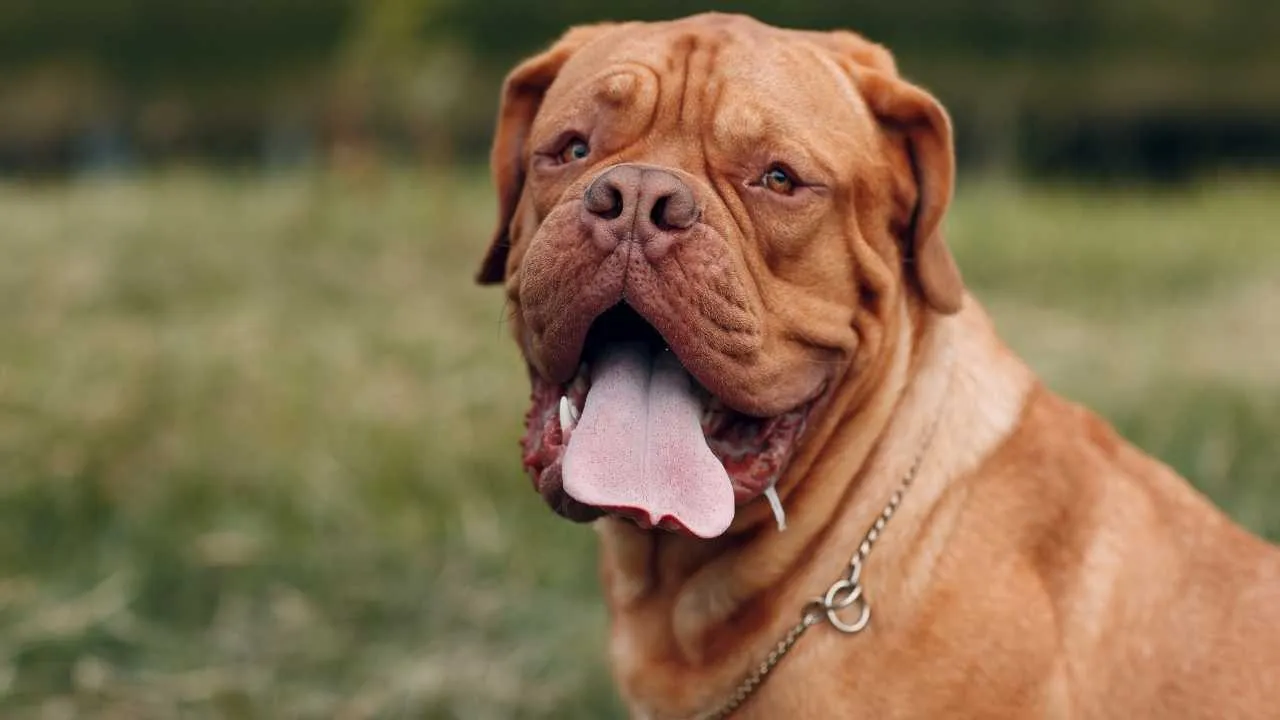
The Dogue de Bordeaux is a strong, loyal, and protective breed, known for its muscular build and deep bond with its family. This breed’s affectionate nature makes it an excellent companion, but it also comes with a relatively short lifespan, typically averaging 5 to 8 years.
The breed’s shorter lifespan is largely attributed to potential health issues. Joint issues, such as hip dysplasia and elbow dysplasia, are prevalent in the breed and can lead to pain and limited mobility.
Additionally, the Dogue de Bordeaux’s deep chest anatomy puts it at risk for gastric torsion (bloat), a serious and potentially fatal condition where the stomach twists and traps gas. Regular veterinary care is essential for the early detection and management of these issues.
It is also prone to heart disease and certain types of cancer, both of which can significantly impact their lifespan. These conditions often develop gradually, and early intervention through regular vet check-ups can help ensure the dog maintains a healthy quality of life for as long as possible. Proper nutrition and preventive care are also crucial to managing these health risks.
Despite their relatively short time with their families, the Dogue de Bordeaux forms a deep emotional connection with its owners. This breed is loyal and protective, making it a cherished companion in any household. Their affectionate nature and unwavering loyalty make the time they spend with their families all the more special.
Conclusion
While every dog deserves a lifetime of love and care, it’s important to understand that some breeds naturally have shorter lifespans due to their size, genetics, or predisposition to health conditions.
Smaller dog breeds tend to enjoy longer lifespans compared to larger breeds. For example, the English Bulldog, though a smaller breed, has a relatively shorter lifespan compared to others. On the other hand, toy Poodles, Yorkshire Terriers, and Pugs often outlive their larger counterparts, proving that small dogs live longer in many cases.
This longevity can make smaller dogs ideal companions for humans seeking long-term bonds similar to those formed with cats or even raising puppies. Whether you’re considering adding a playful pup to your family or comparing breed longevity, understanding the lifespans of smaller breeds helps you make an informed choice that aligns with your lifestyle and emotional expectations.


